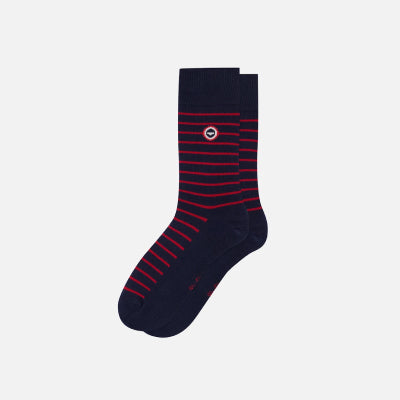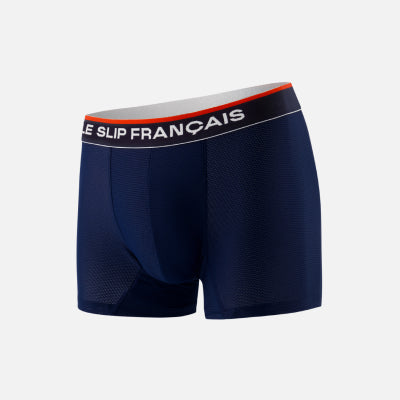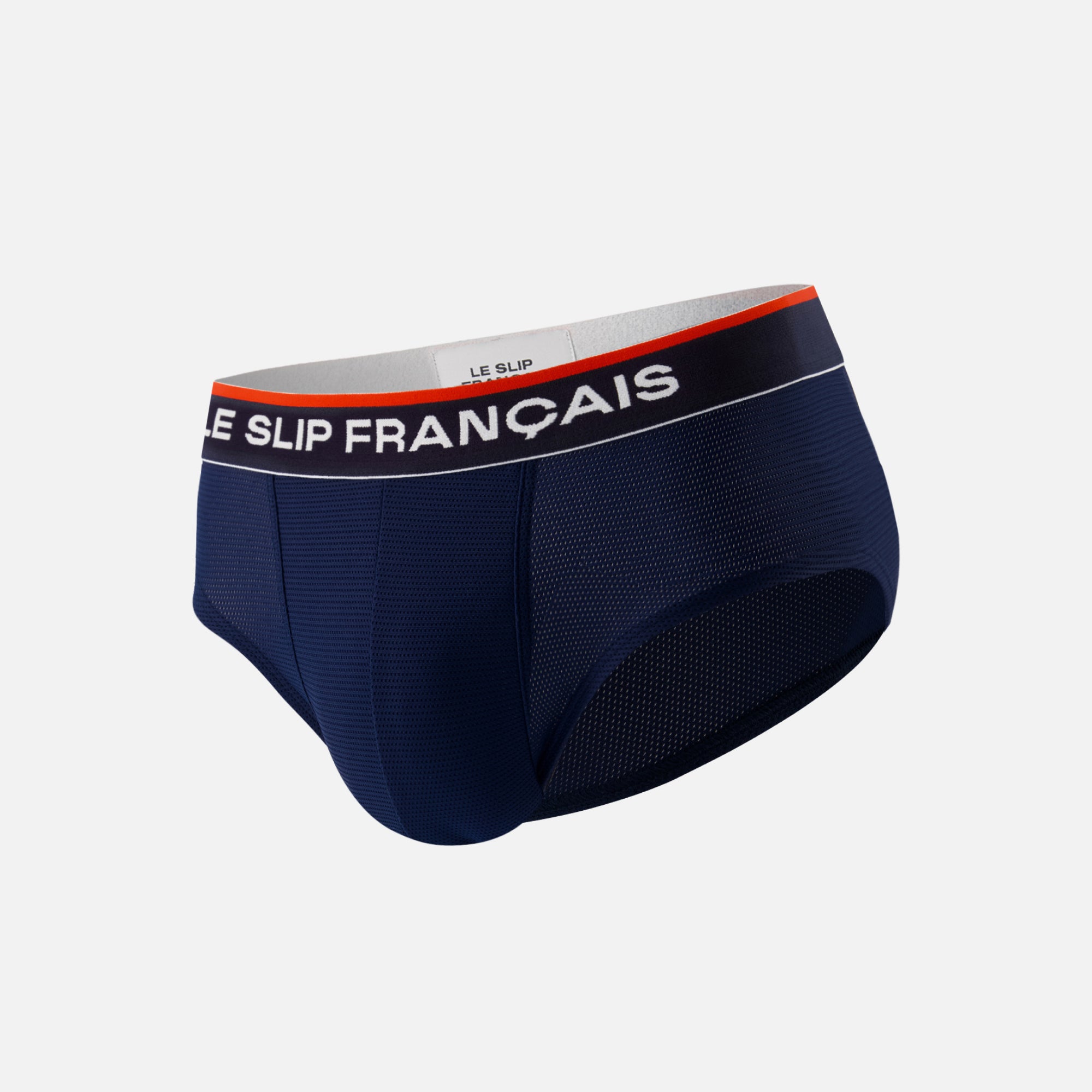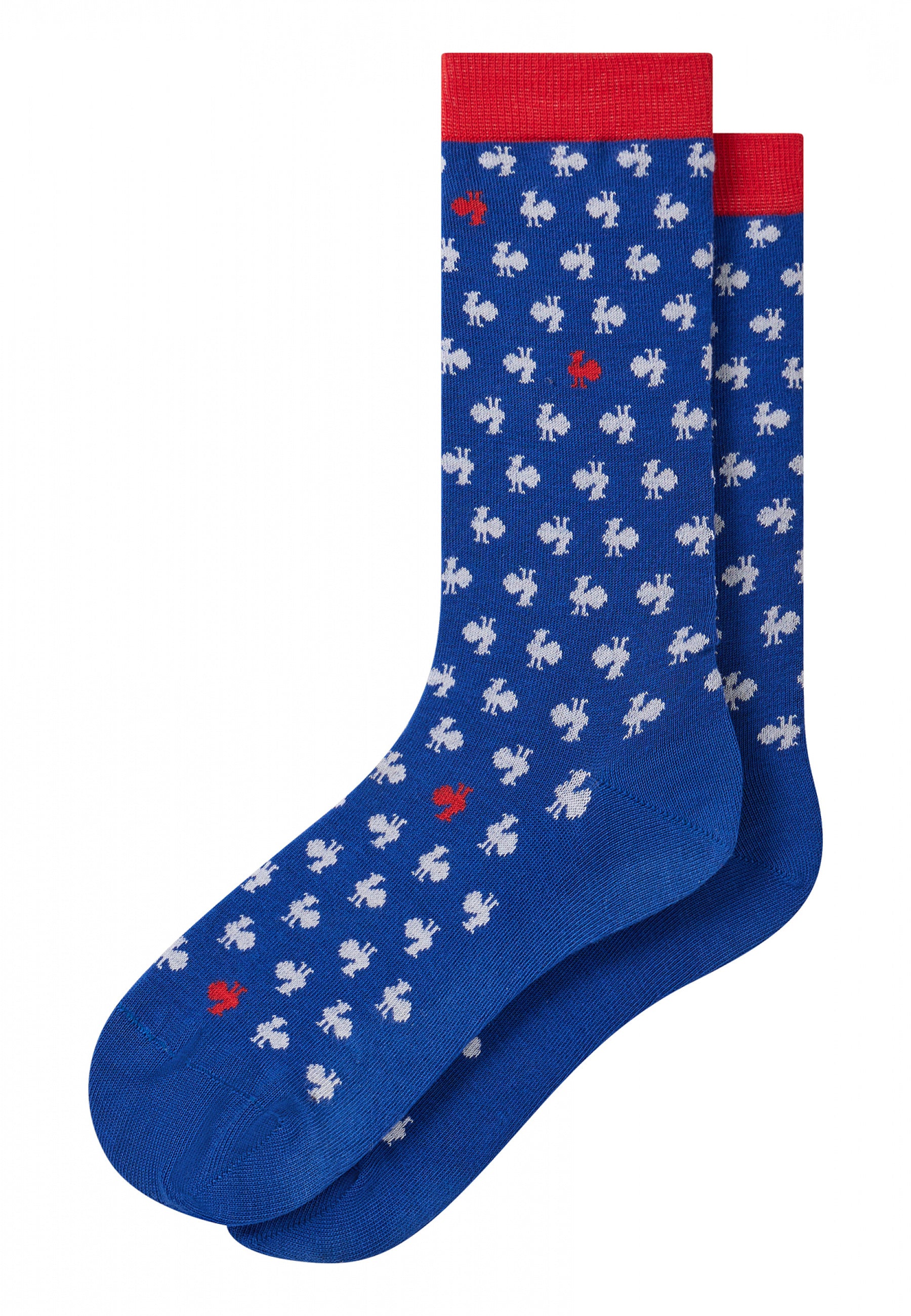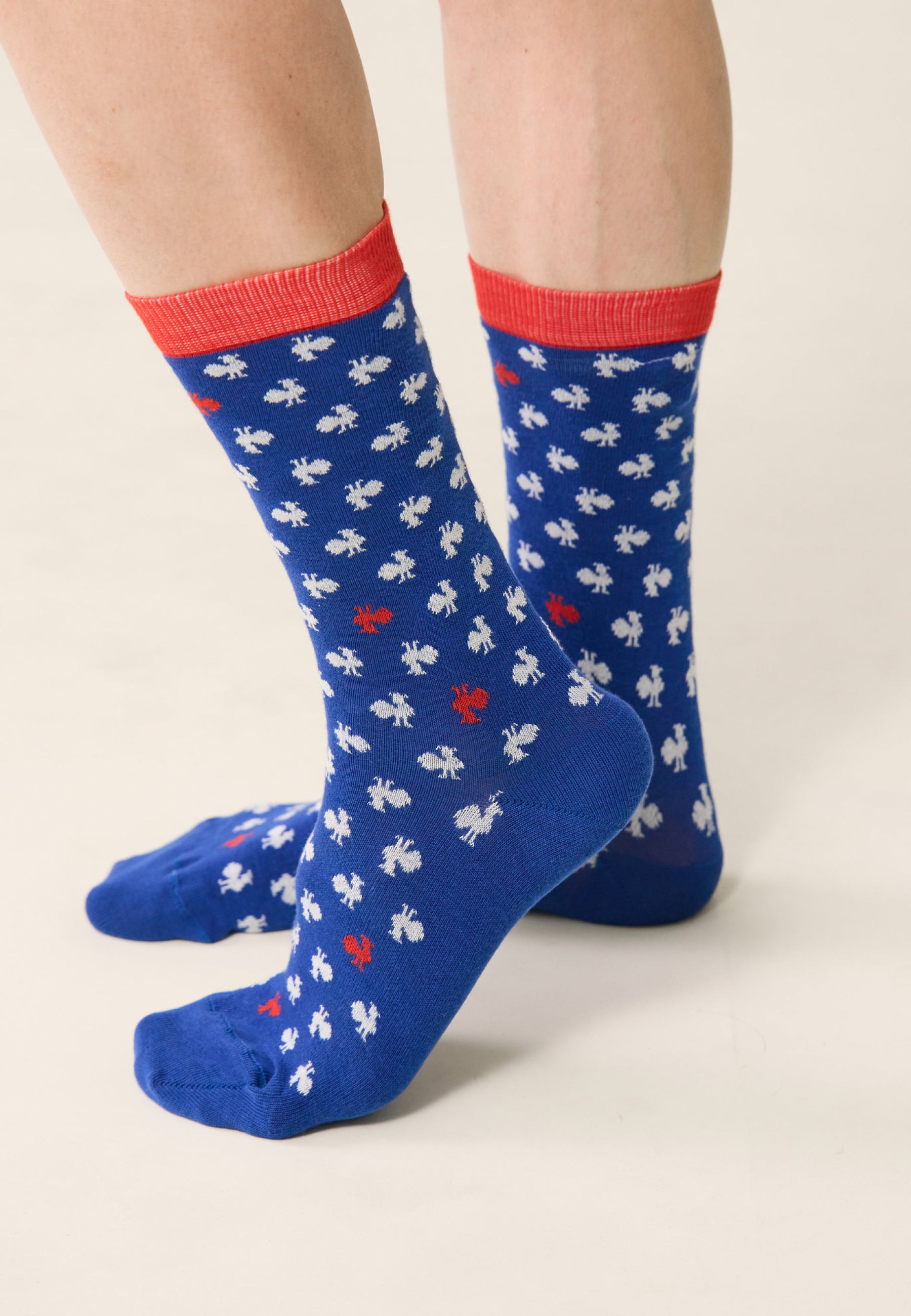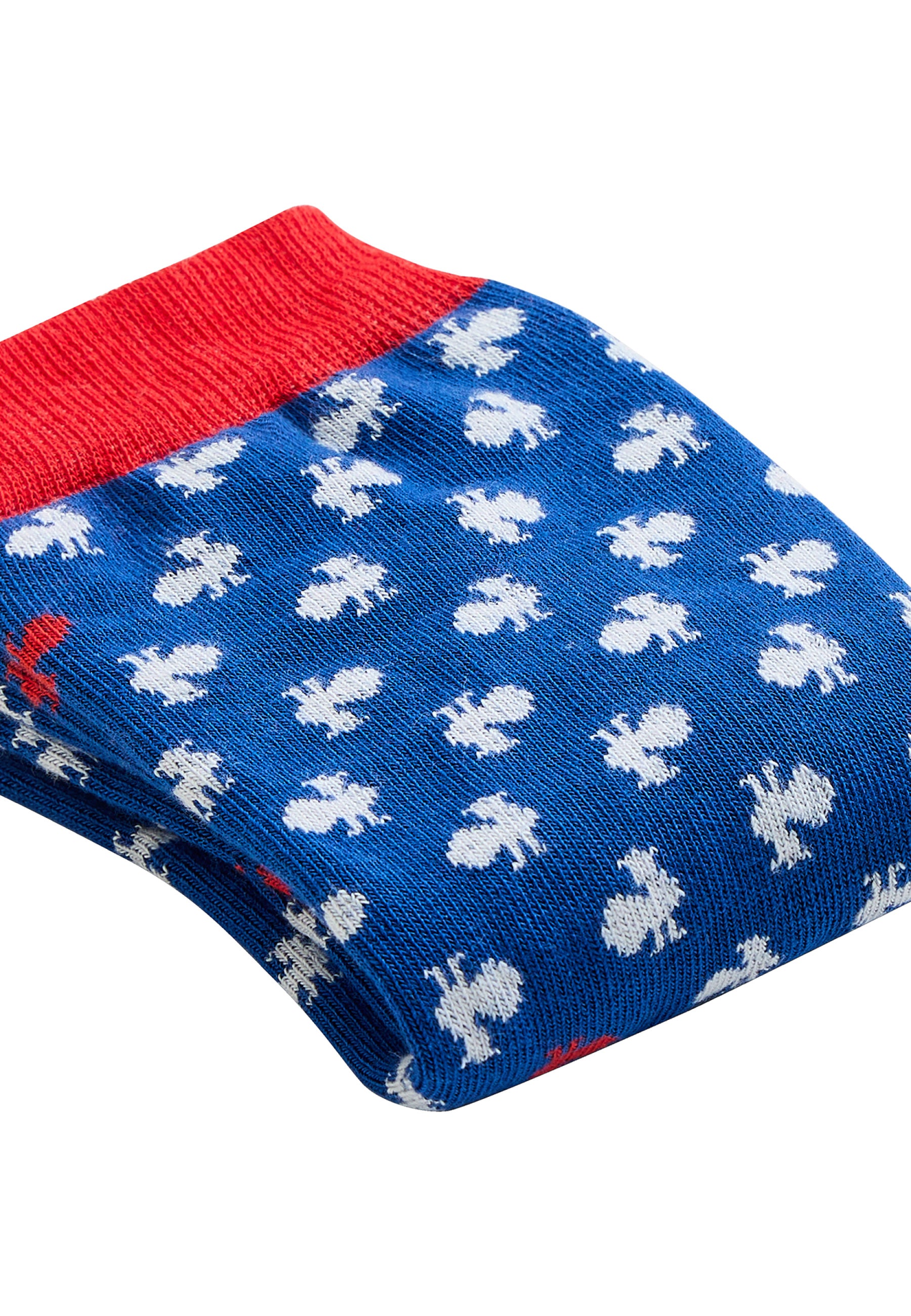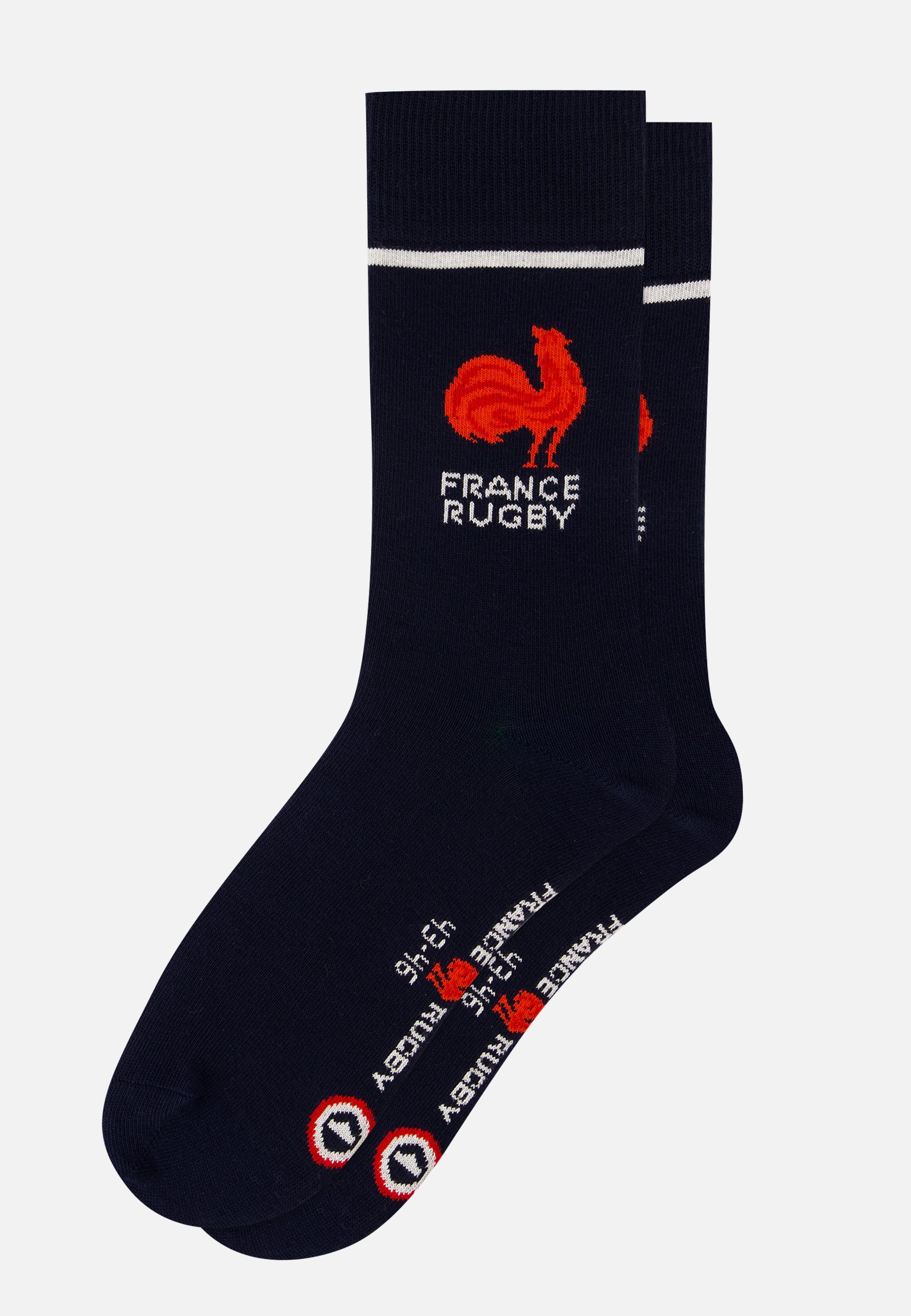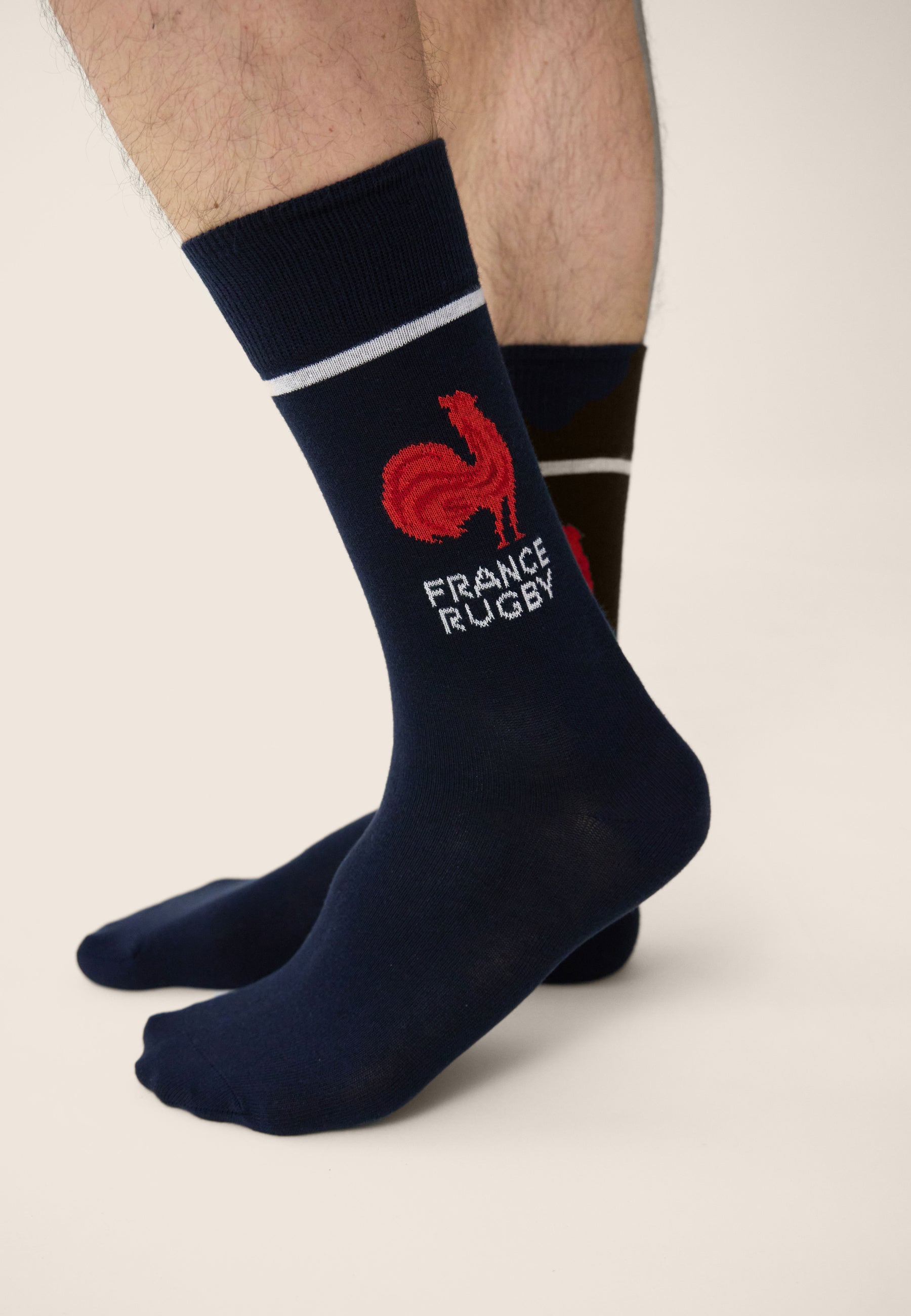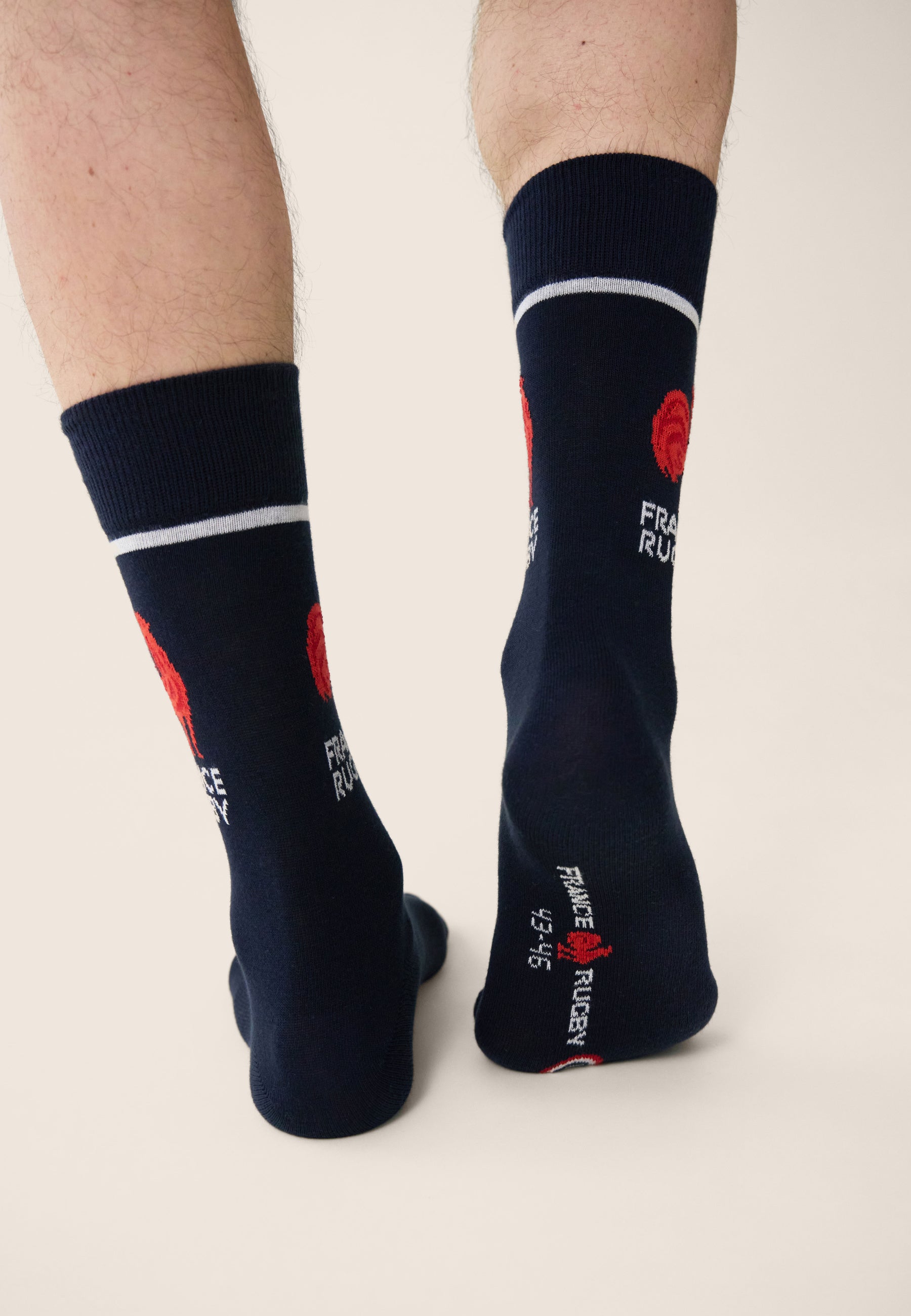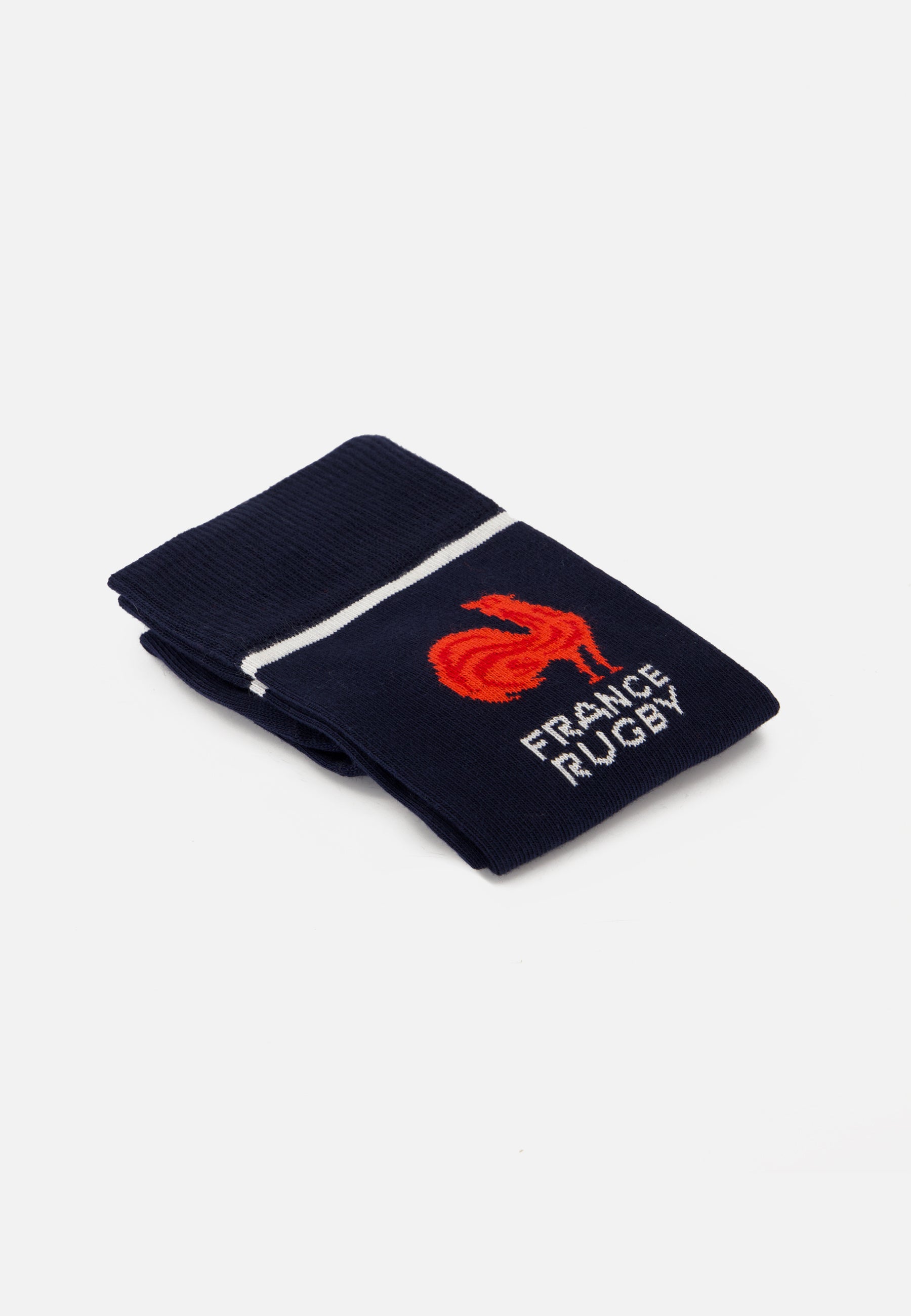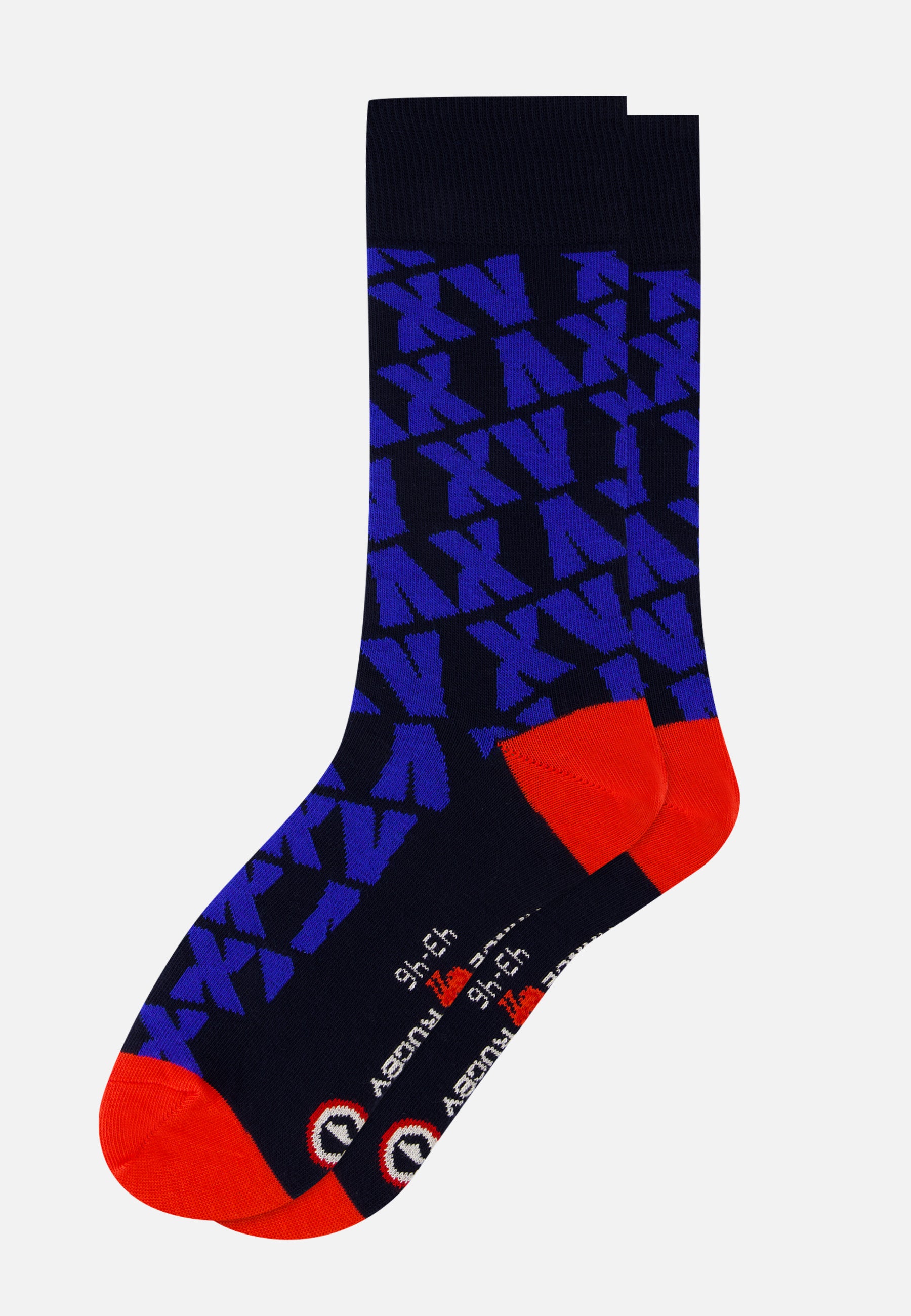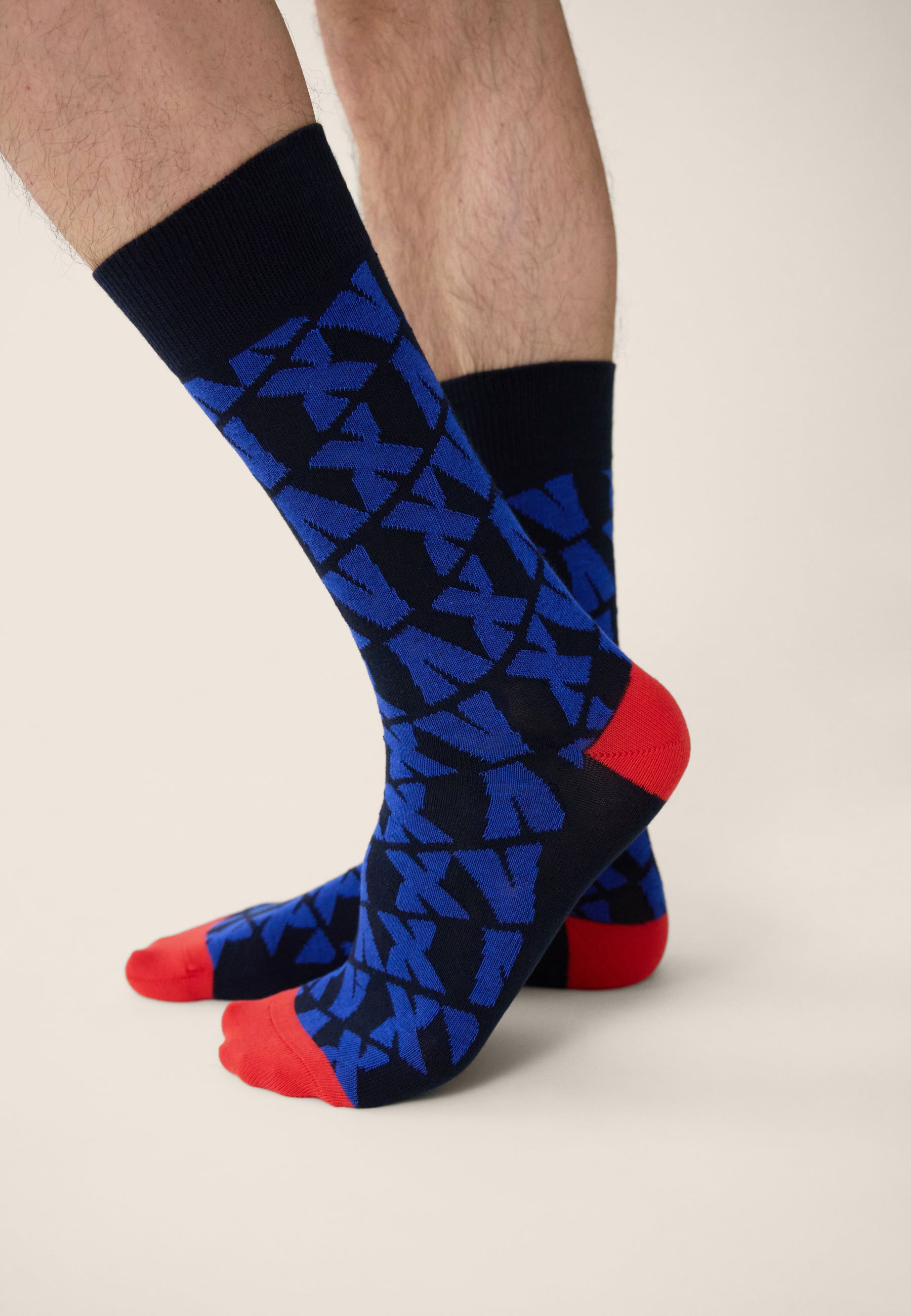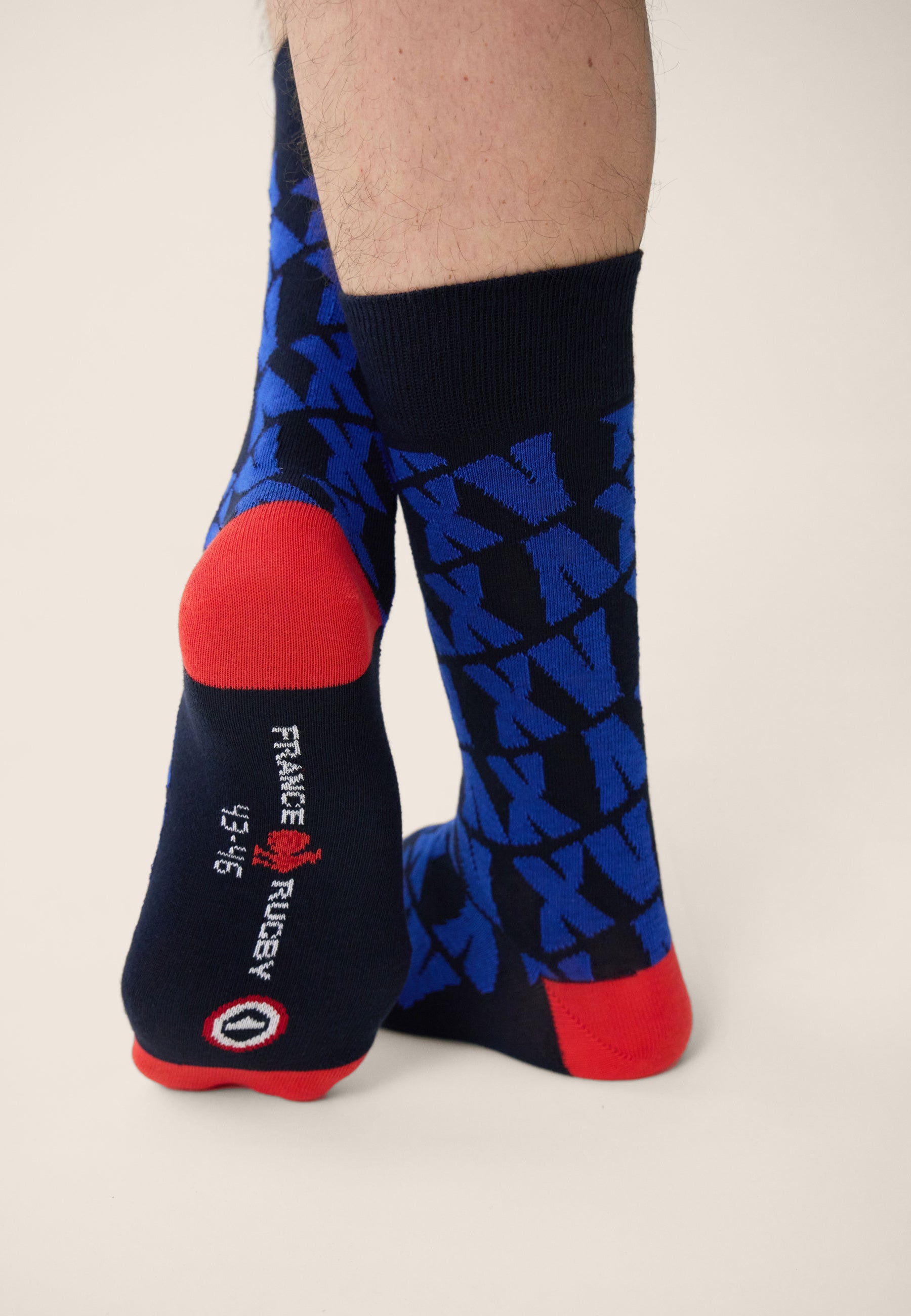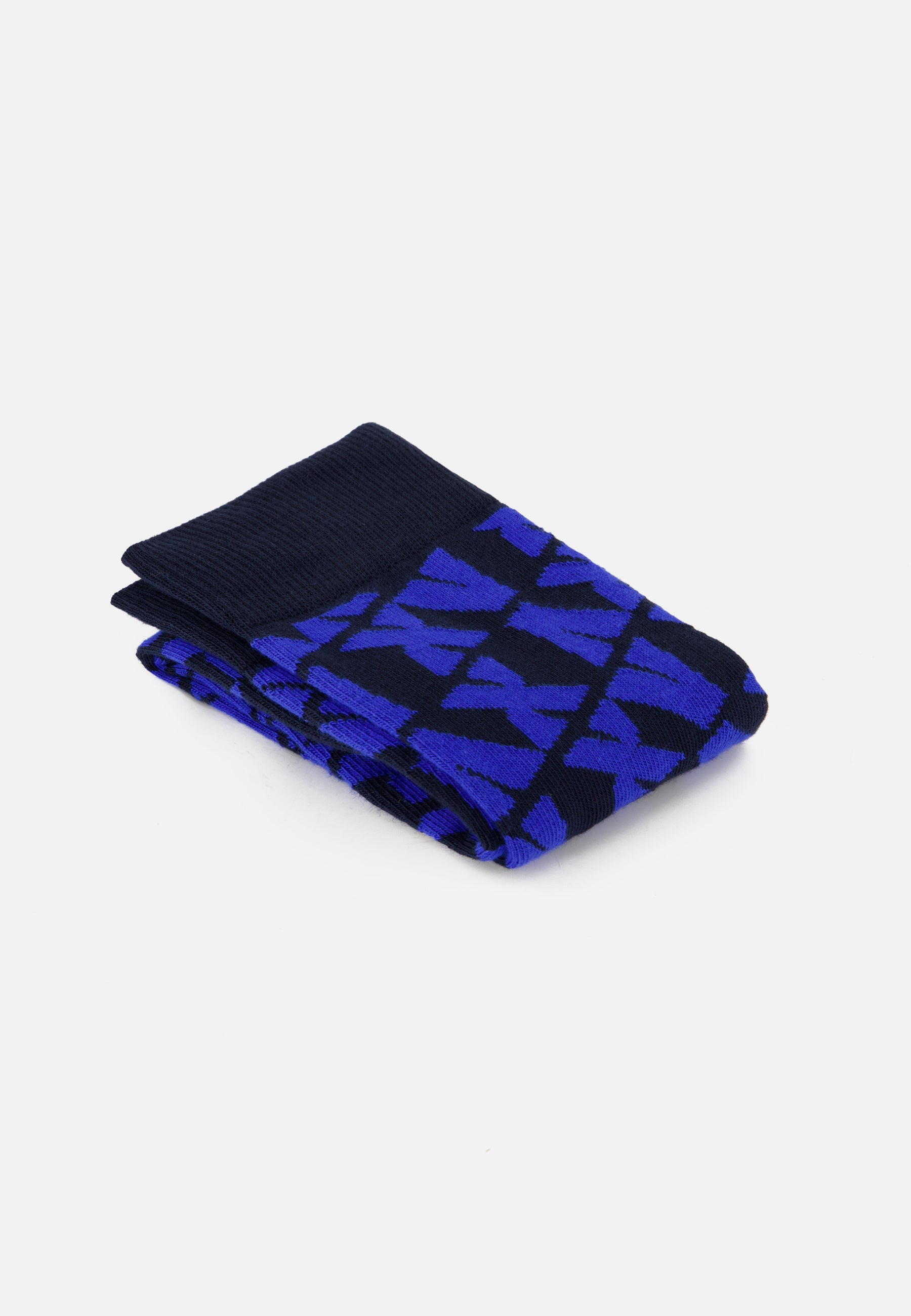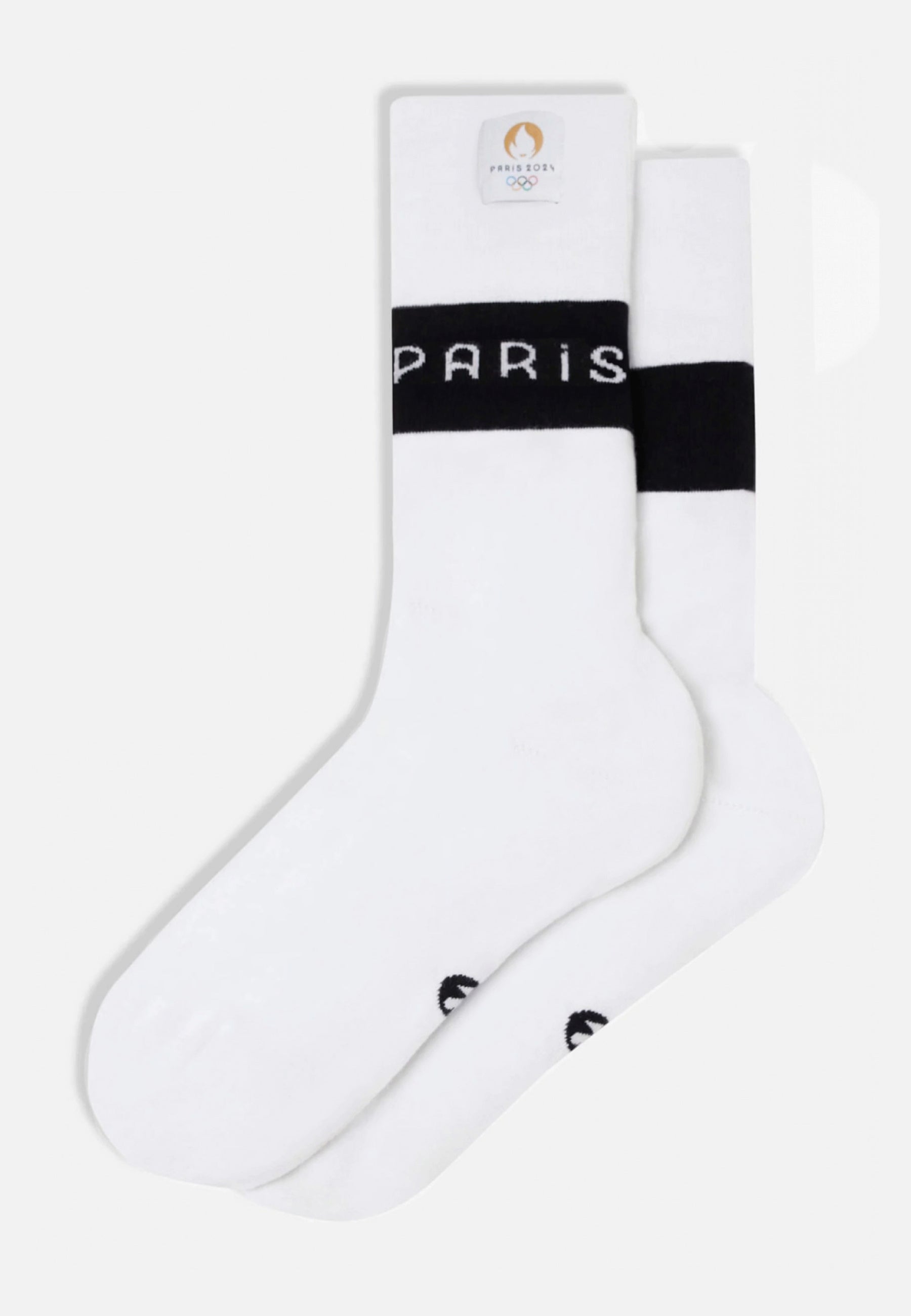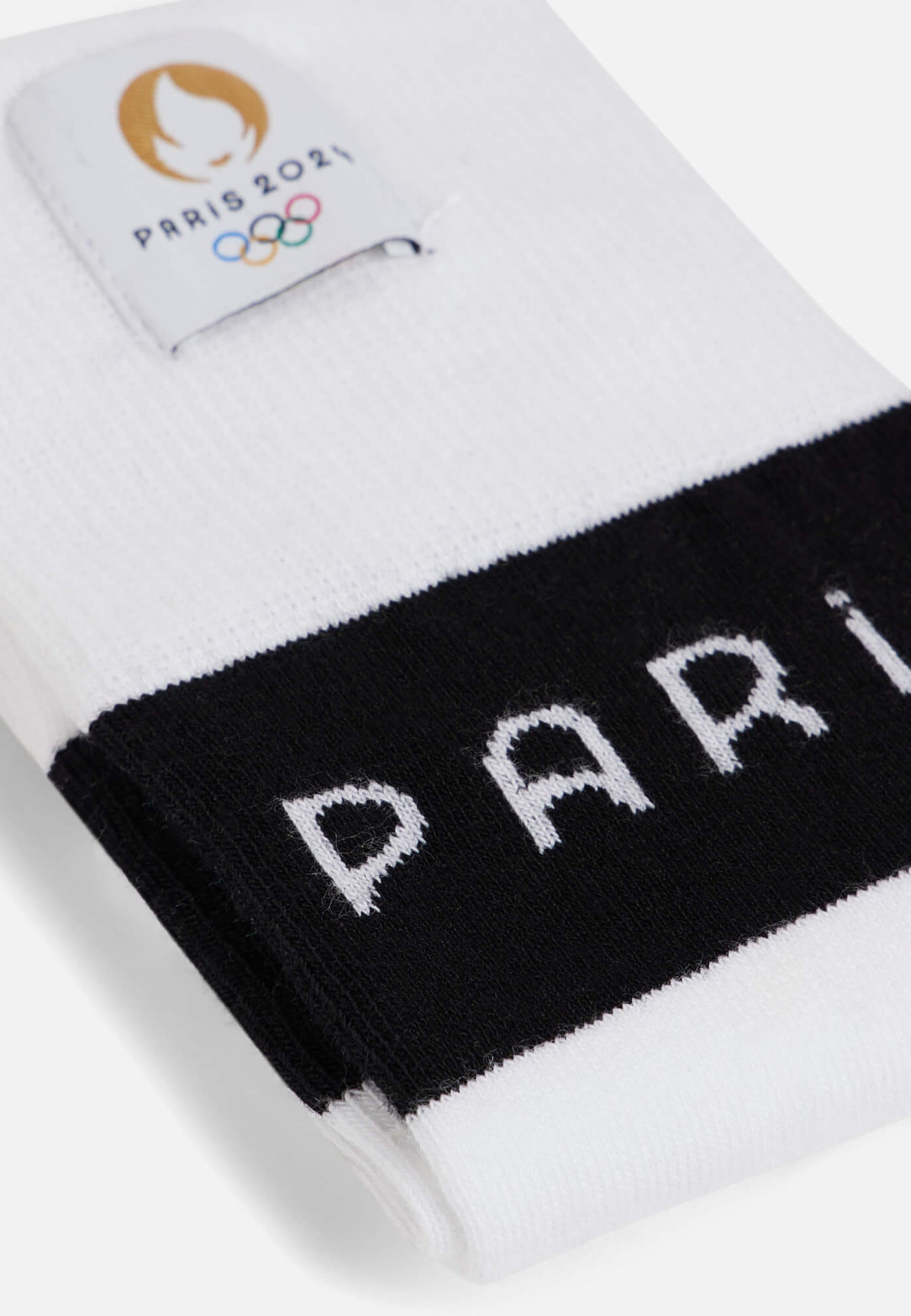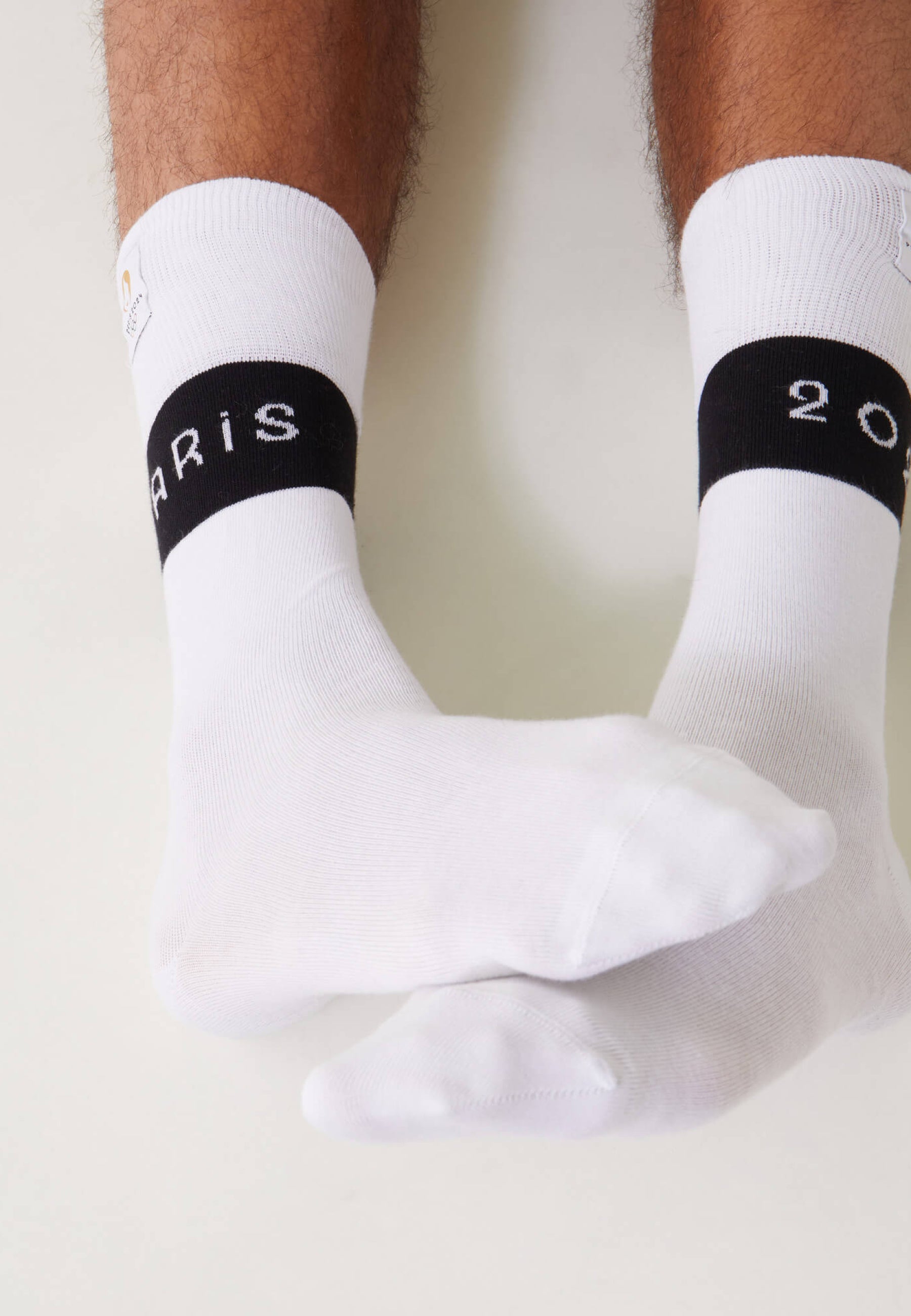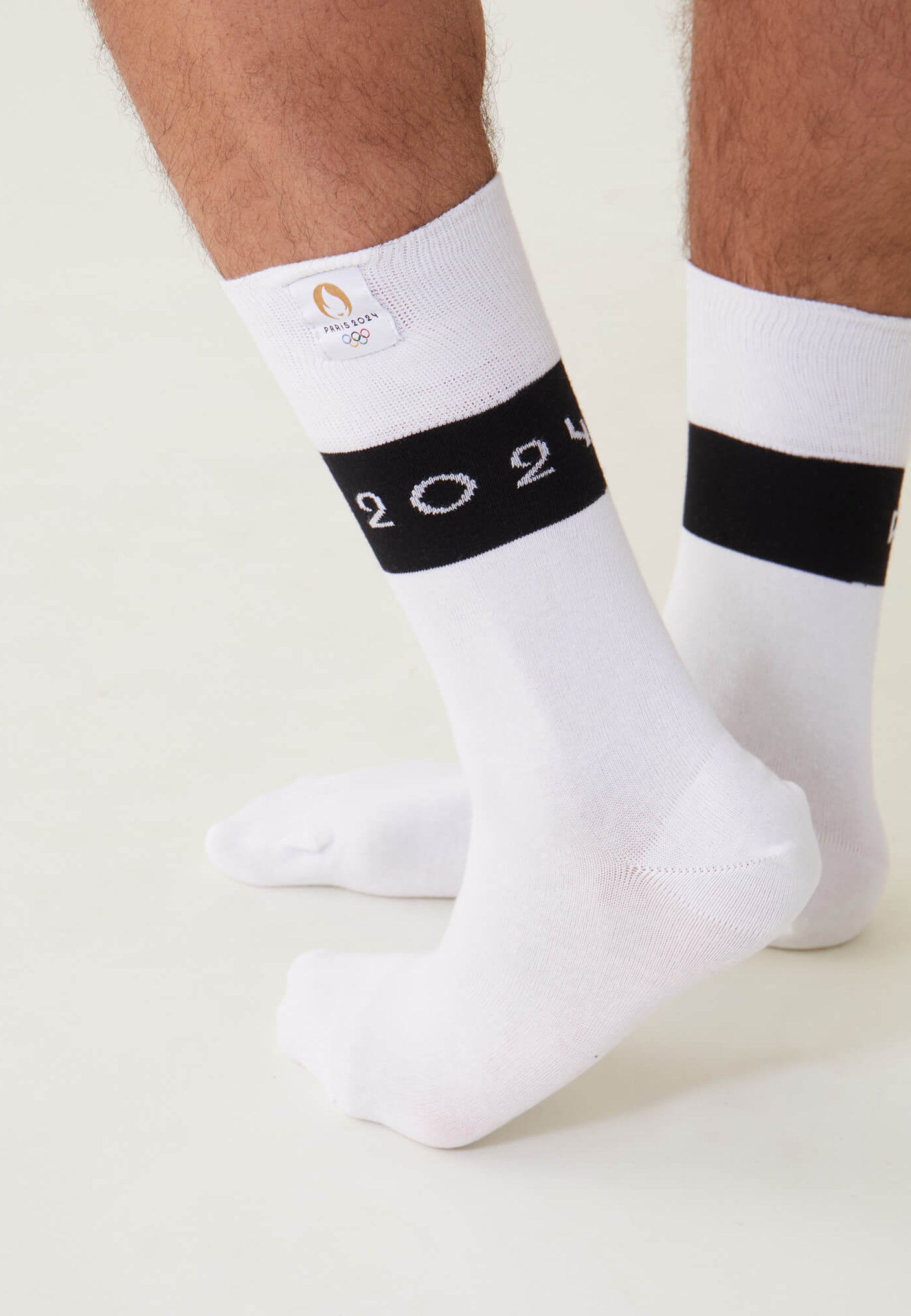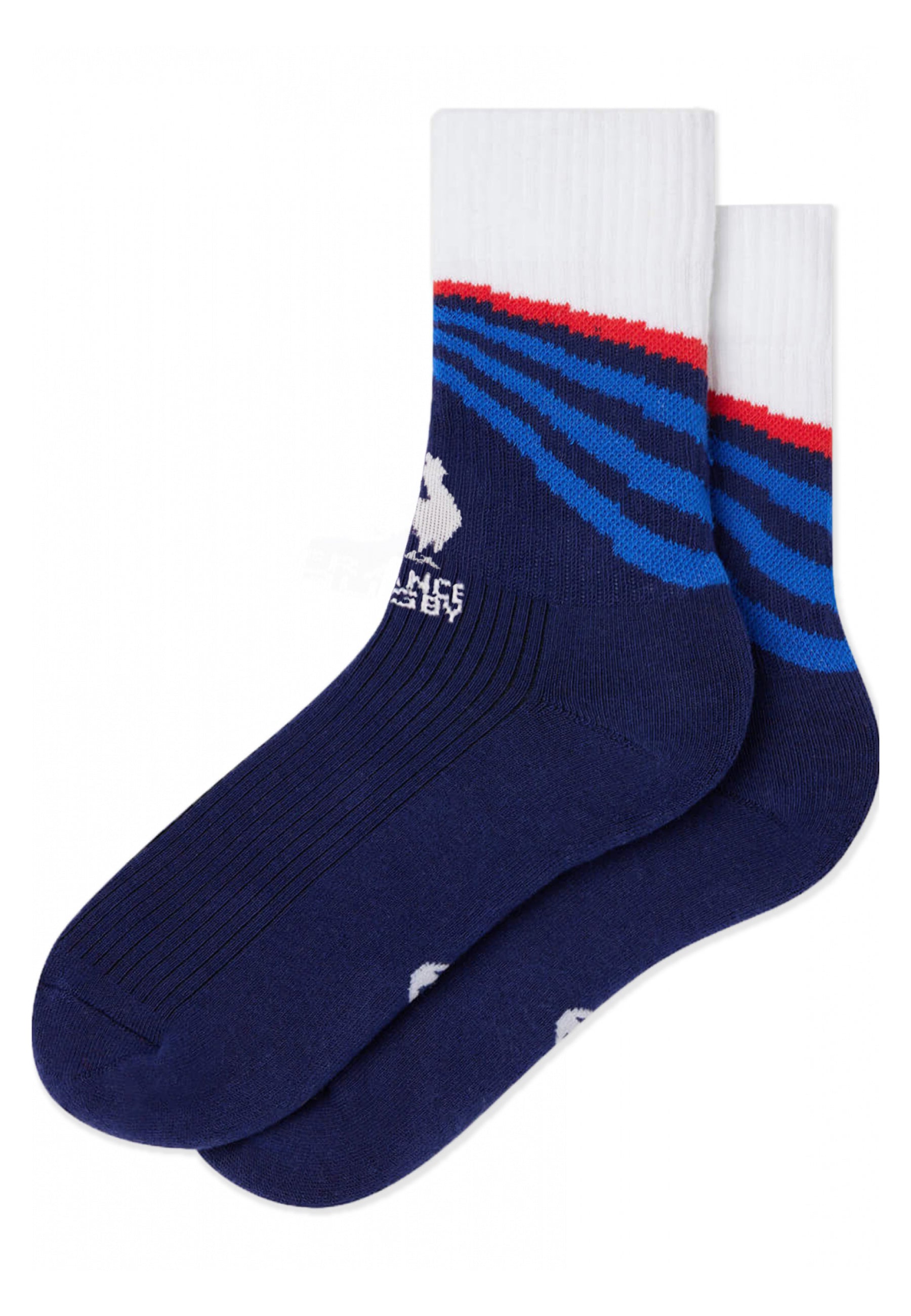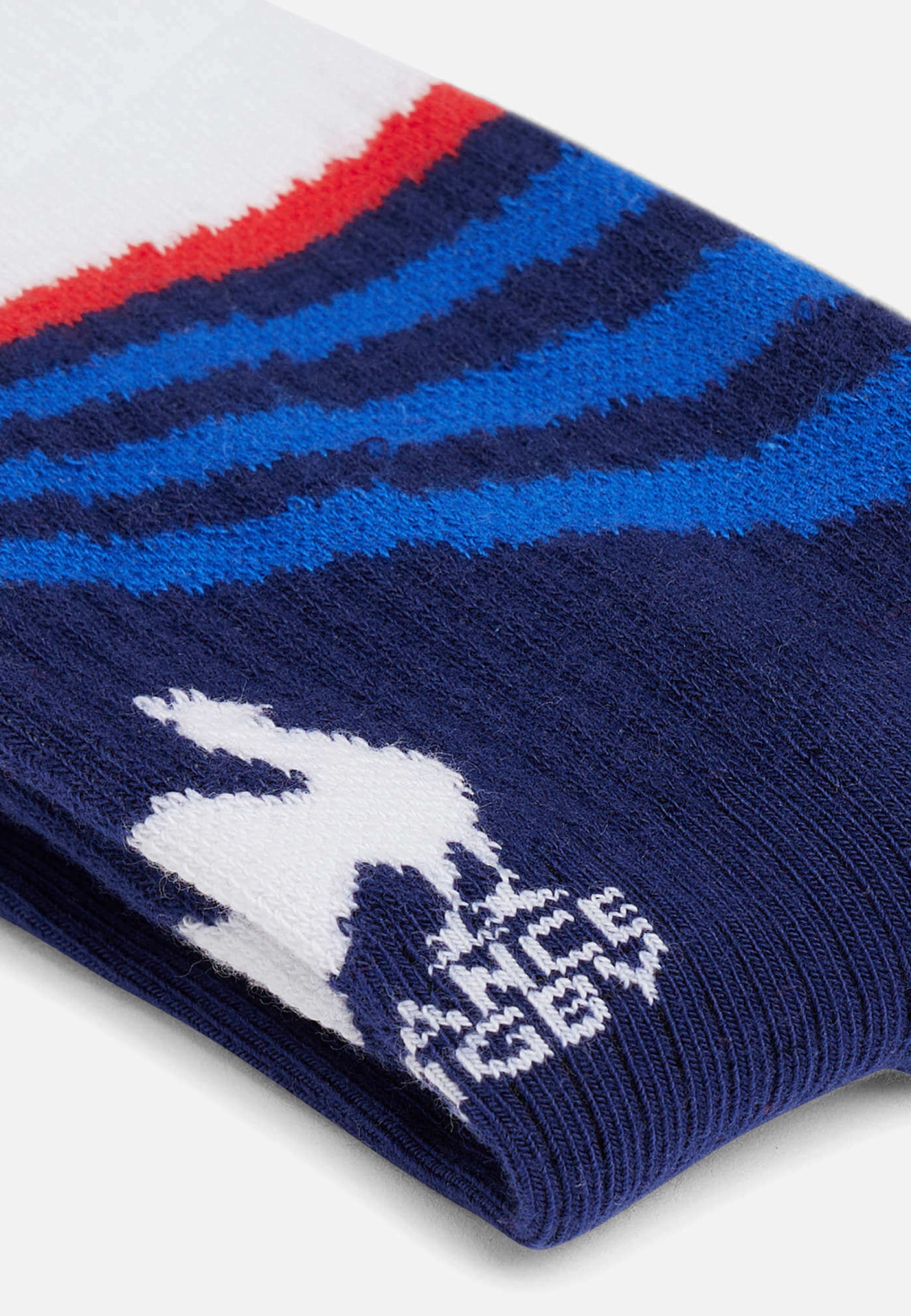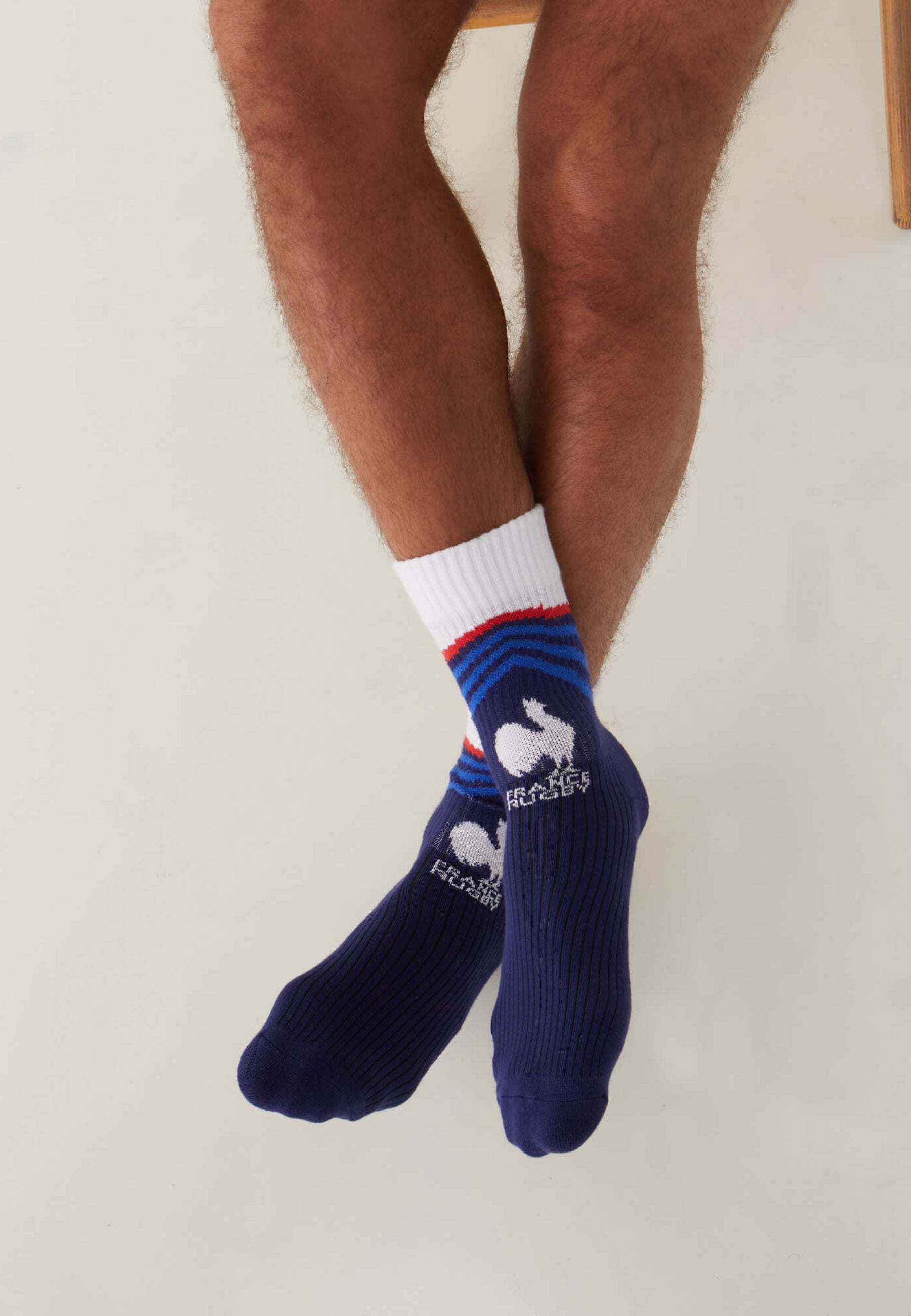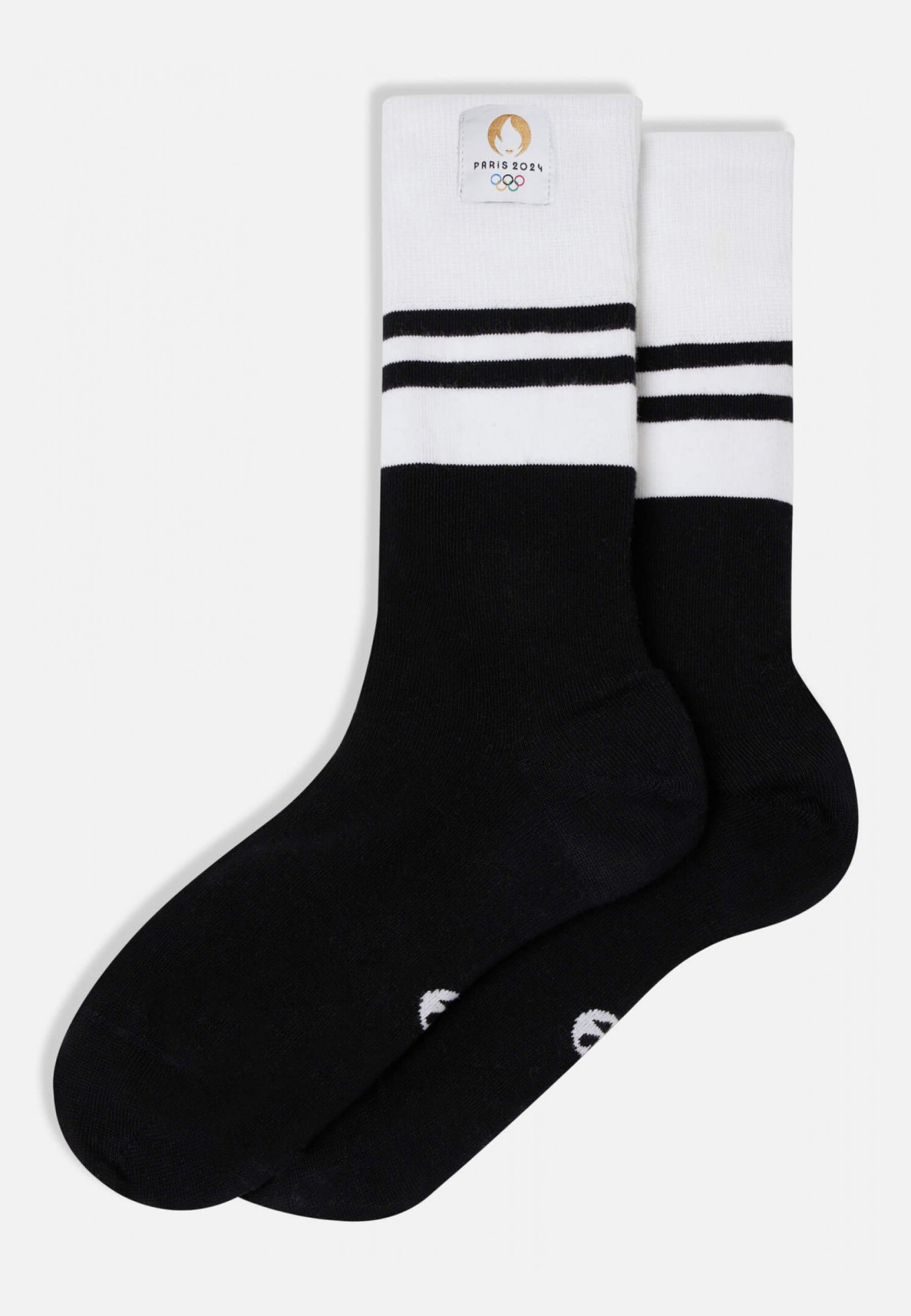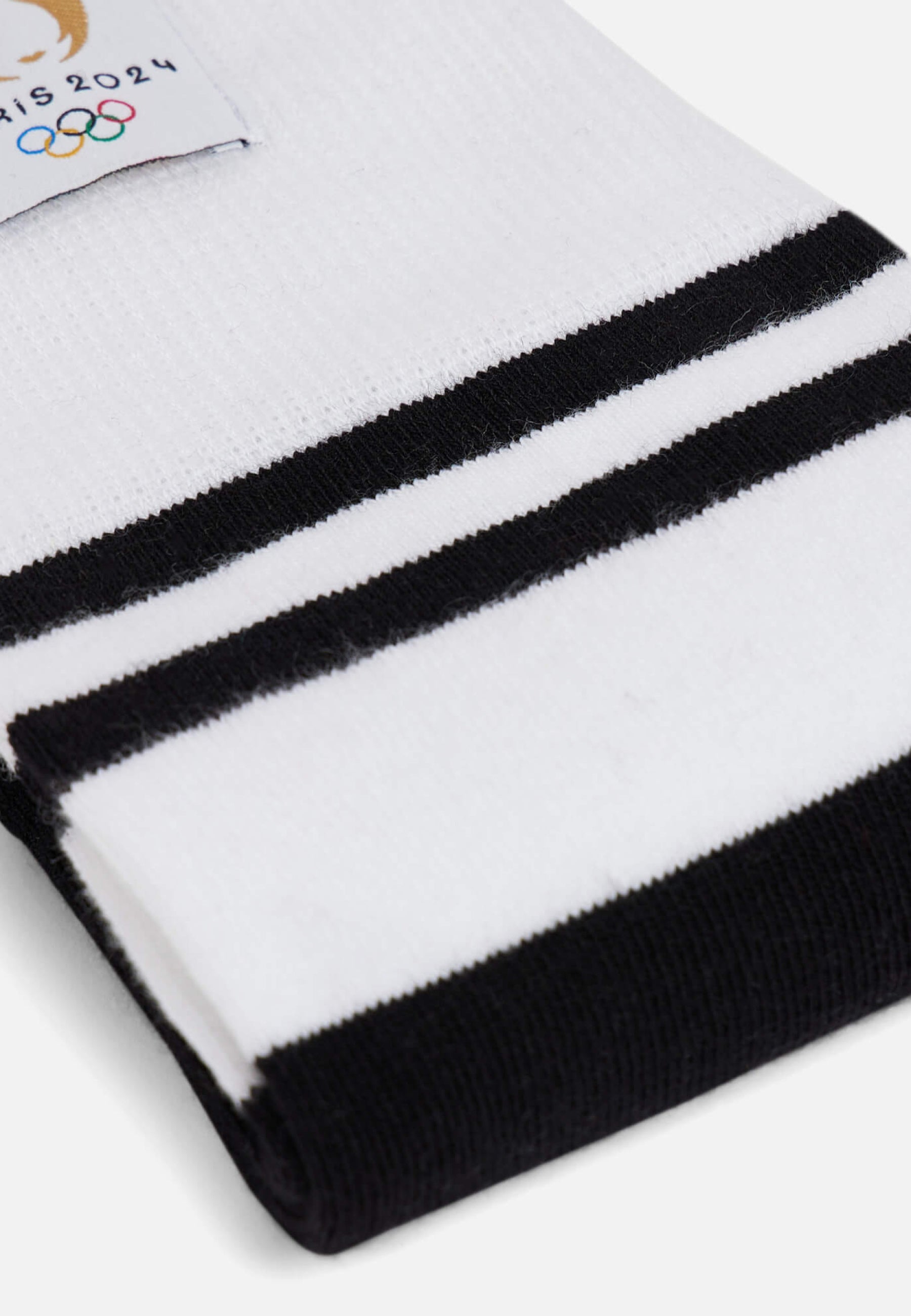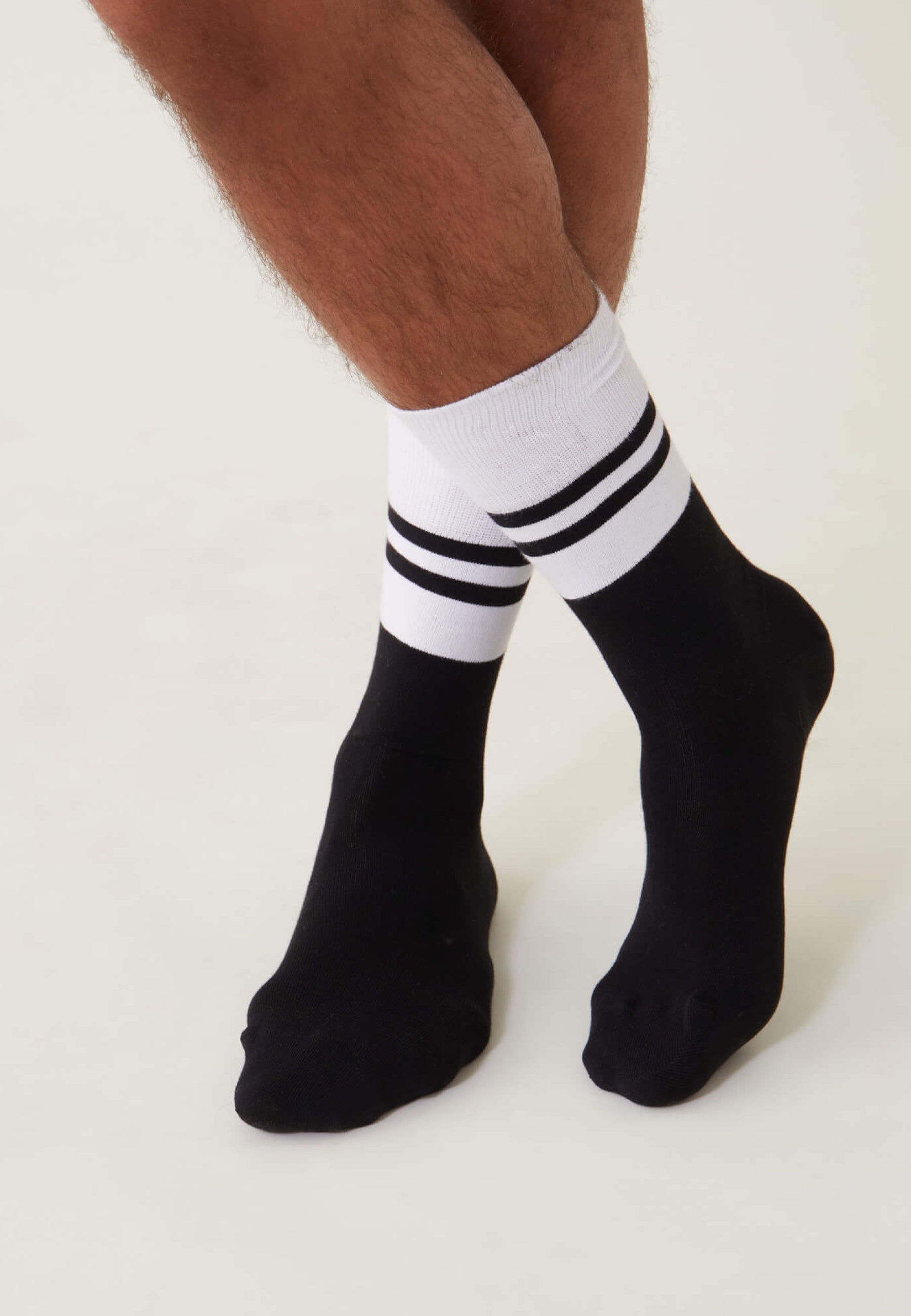FAQ — Sports Socks
What material should I choose for my sports socks to limit perspiration and avoid blisters?
Technical fibers (polyamide, polyester) wick away sweat and dry quickly, reducing irritation. Elastane improves fit and prevents creases that cause blisters. Merino wool naturally regulates temperature and odors, useful in both summer and winter. Pure cotton is comfortable but retains moisture: cotton/technical blends or 100% technical models are better for intensive sports.
Which socks or sports stockings should I choose depending on my activity?
For running, choose thin, breathable, and fitted sports socks to limit friction. For trail running, opt for a medium thickness, reinforced heel/forefoot areas, and good moisture wicking. For tennis and racquet sports, look for targeted cushioning under the arch and heel to absorb lateral pressure. Indoors (fitness, cross-training), aim for midfoot support, a non-slip sole, and flat seams. For hiking, a merino wool/technical fiber blend manages perspiration and thermoregulation. For versatile use, multi-activity sports socks are suitable if support, breathability, and key reinforcements are present.
Low, mid-calf or high sports socks: how to choose the right height?
Low socks are suitable for short sessions and low shoes, with a well-fitting heel to prevent slipping. Mid-calf socks provide good shin support and protect against friction when running, gym, and cycling.high socksprovide light compression, support, and calf protection for trail running, football, or contact sports. The choice also depends on the weather: higher in cold weather for warmth and stability, lower in summer to maximize ventilation.
Are compression socks really useful during exercise and recovery?
Graduated compression stabilizes the calf, limits vibrations and promotes venous return. When running or during prolonged efforts, it helps delay fatigue and reduces the feeling of heaviness. During recovery, it accelerates drainage and reduces muscle aches. Choose amoderate compressionfor training, with aprecise sizeand breathable mesh. Avoid in case of discomfort, pain or medical contraindication.
What size and fit should you choose for a men's or women's sports sock?
The correct size fits the foot without creases or compression. Refer to thesize guideof the brand, then check three points: heel well wedged,midfoot supportfarm,collarthat does not squeeze the calf. “Men’s” and “women’s” cuts can vary in the instep and calf circumference; it is better to rely on measurements rather than just the size.flat seamstoe and stretch mesh prevent chafing and blisters.
Is it better to buy a pack of sports socks or individual pairs?
Aset of sports socksoptimizes the budget and facilitates clean rotation between sessions.pairs per unitare justified for a targeted need: compression, extreme weather, competition. The effective approach combines amultipurpose packfor everyday use and 1–2 technical pairs depending on the activity (running, tennis, hiking) and the season. The priority remains themesh quality, breathability and reinforcements in the support areas.



